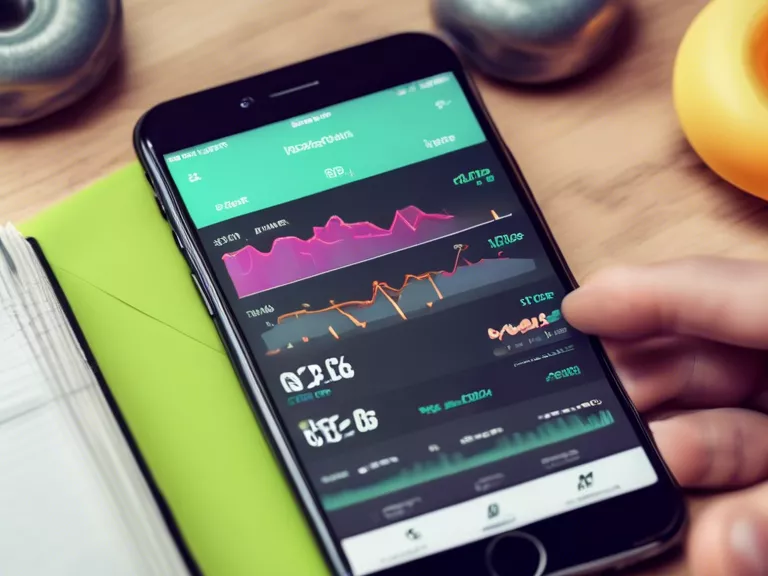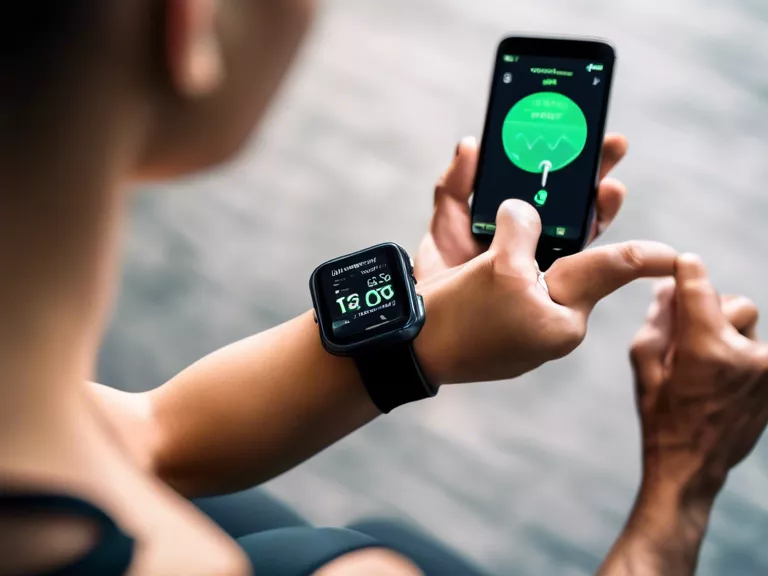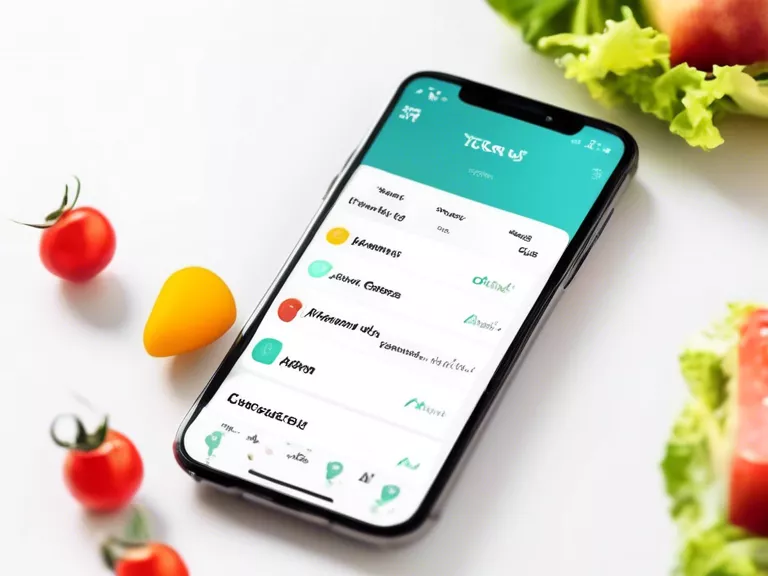
Fitness goals are essential for achieving and maintaining a healthy lifestyle. With the advancements in technology and the widespread use of health and fitness apps, setting realistic fitness goals has become more manageable than ever. By utilizing data from these apps, individuals can track their progress, set achievable objectives, and stay motivated throughout their fitness journey. In this article, we will discuss how to set realistic fitness goals using data from health and fitness apps.
First and foremost, it is crucial to identify your current fitness level and determine what you want to achieve. Whether your goal is to lose weight, build muscle, improve endurance, or enhance flexibility, having a clear objective in mind will help you stay focused and committed. Many health and fitness apps offer a variety of tools and features to help you set specific goals based on your preferences and needs.
Once you have established your fitness goals, it is important to track your progress regularly. Health and fitness apps can provide valuable data on your daily activities, such as steps taken, distance covered, calories burned, and workout frequency. By monitoring this information, you can assess your performance, identify areas for improvement, and make necessary adjustments to your fitness routine.
In addition to tracking your progress, health and fitness apps can also help you stay accountable and motivated. These apps often include features like goal-setting, progress tracking, social sharing, and rewards systems to keep you engaged and enthusiastic about your fitness goals. By leveraging these tools, you can stay motivated, focused, and on track towards reaching your desired fitness level.
Furthermore, setting realistic fitness goals involves not only looking at the numbers but also considering your overall well-being. It is essential to listen to your body, rest when needed, and make adjustments to your fitness routine based on how you feel. Remember that progress takes time, and it is okay to set small, achievable goals to avoid feeling overwhelmed or discouraged.
In conclusion, setting realistic fitness goals using data from health and fitness apps can significantly enhance your fitness journey. By identifying your objectives, tracking your progress, staying accountable, and prioritizing your well-being, you can make steady progress towards achieving your desired fitness level. So, lace up your sneakers, download a health and fitness app, and start setting realistic fitness goals today!



